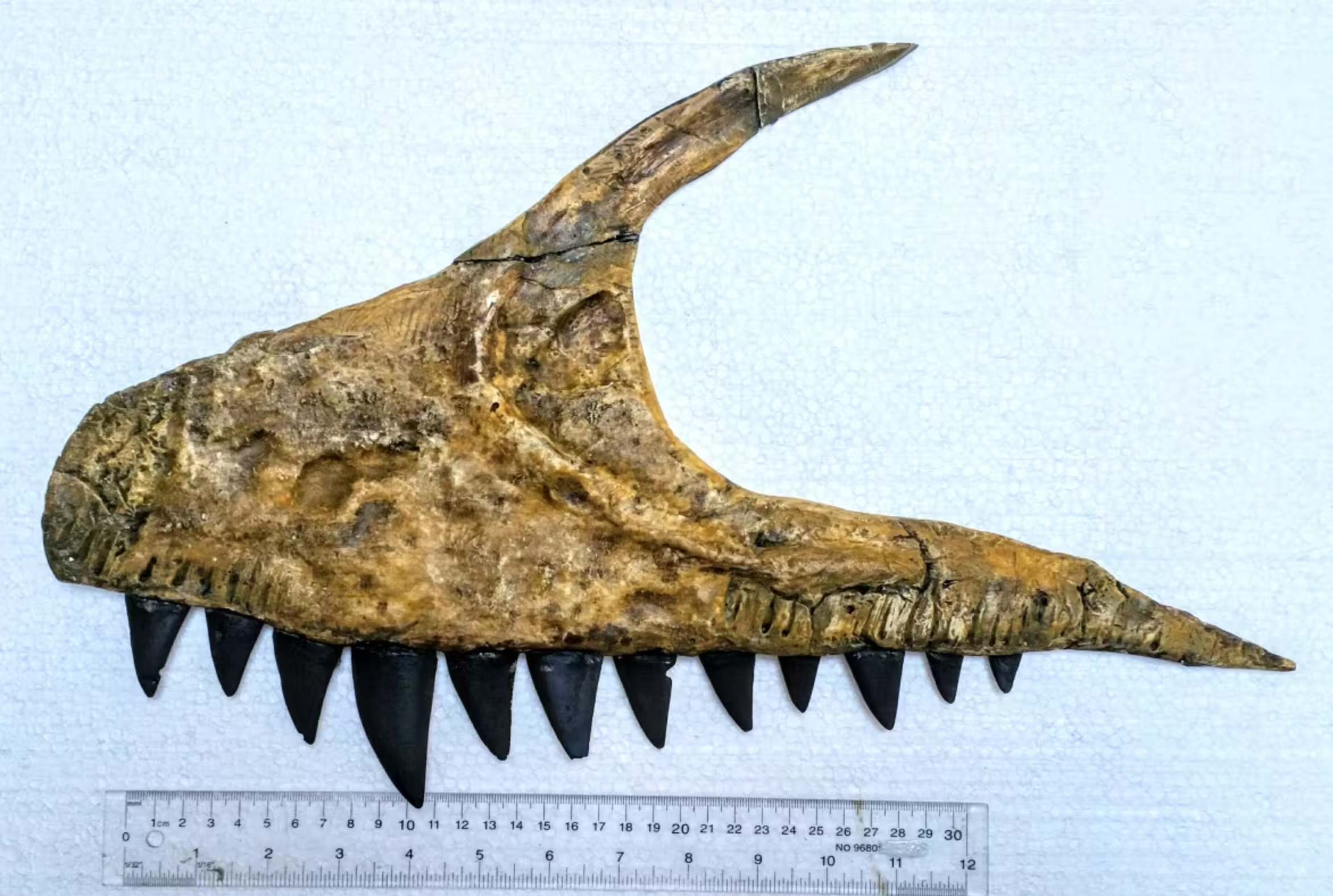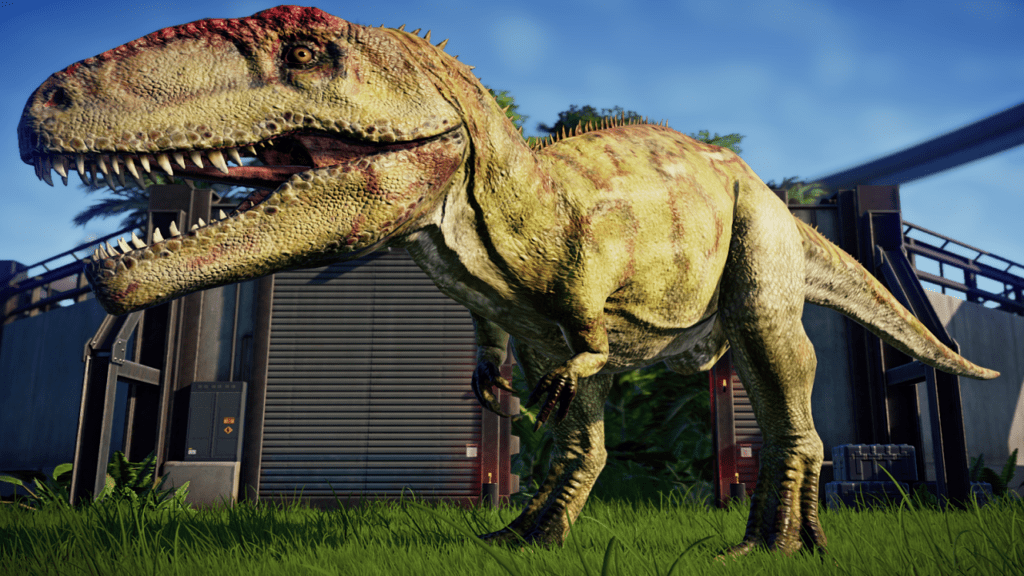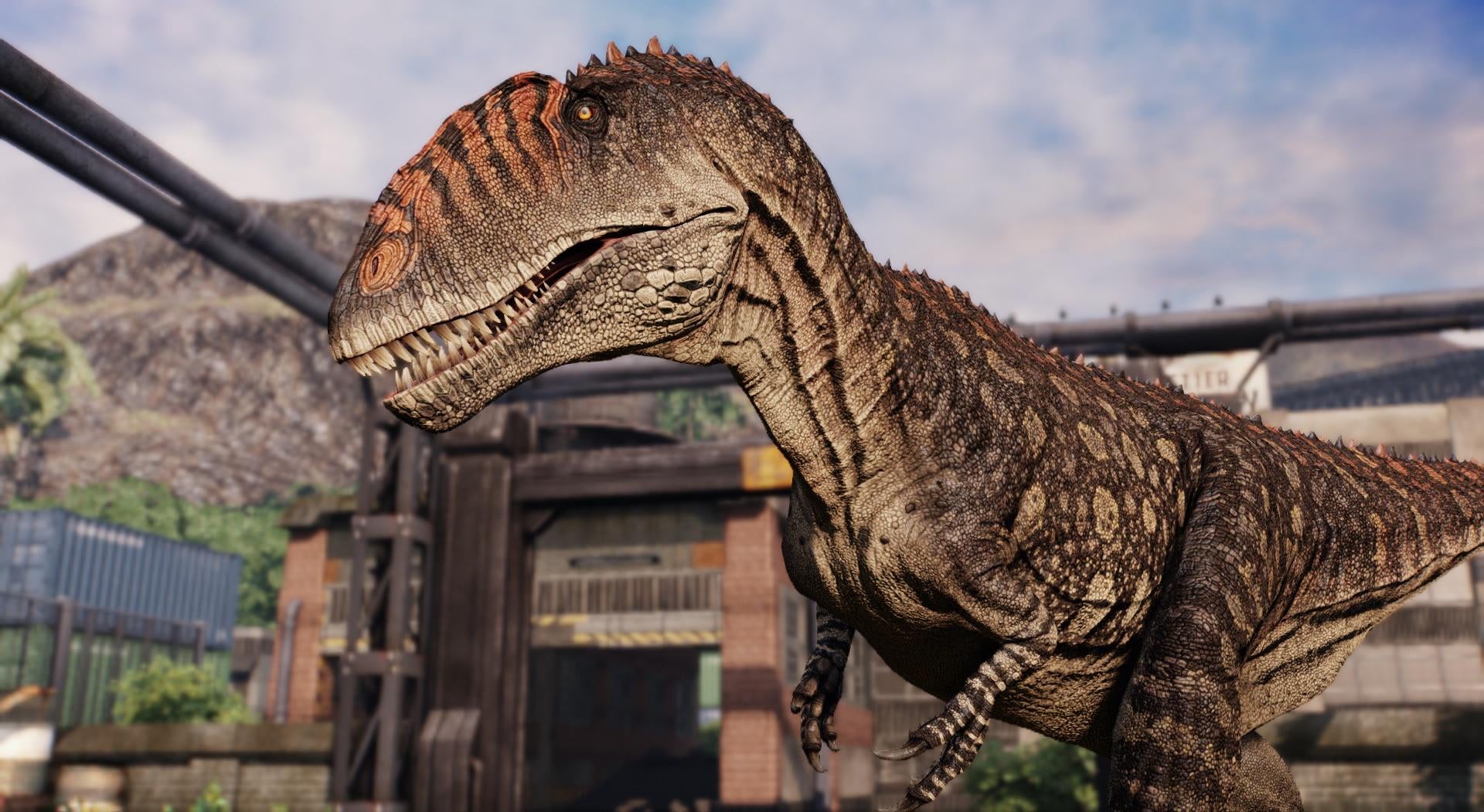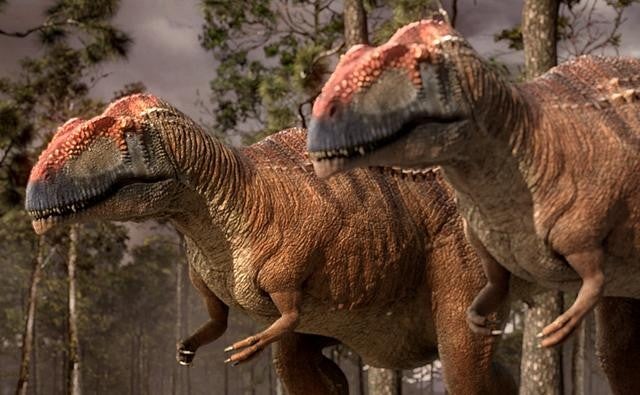A massive predator once roamed the Earth, towering over its rivals and casting a long shadow on the ancestors of T. rex. This giant, now known as Ulughbegasaurus, ruled the prehistoric world around 90 million years ago, long before the rise of its more famous cousin.
The fossil record has now offered up this long-lost apex hunter, rewriting what scientists thought they knew about dinosaur ecosystems. The find opens a rare window into a time when tyrannosaurs were not yet the kings of the food chain.
It all began in the 1980s when a Russian paleontologist uncovered a fossilized jawbone in Central Asia—today’s Uzbekistan. That fossil, though promising, sat largely ignored in Moscow’s Vernadsky State Geological Museum for years.
Everything changed in 2019 when Dr. Kohei Tanaka noticed something unusual about the bone. His instincts proved right. The jaw’s size and shape suggested a meat-eater unlike any previously described from that region or period.

Tanaka teamed up with Darla Zelenitsky, a paleontologist from the University of Calgary. Using 3D modeling, they matched the jawbone to previously found fossil teeth. Their analysis confirmed the fossil belonged to a new species—Ulughbegasaurus—a predator unknown to science until then.
This creature was no lightweight. It stretched 24 to 26 feet from nose to tail and weighed more than 2,200 pounds. In contrast, early tyrannosaurs of the same era were small, measuring only about 10 feet long and weighing under 440 pounds.
Zelenitsky compared their size difference to a grizzly bear standing beside a coyote. “They likely kept the tyrannosaurus down,” she said. “Ulughbegasaurus was the dominant apex predator of its time.”
Related Stories
The sheer size of Ulughbegasaurus gave it a commanding presence, but its formidable blade-like teeth also set it apart. These teeth enabled slashing bites, a sharp contrast to the bone-crushing jaws of the later T. rex.
According to Zelenitsky, Ulughbegasaurus would have held a significant advantage over its smaller tyrannosaur relatives, not only in hunting prey but also in securing dominance in the food chain.
The disappearance of Ulughbegasaurus approximately 89 million years ago marked a pivotal moment in dinosaur evolution. Its extinction likely allowed tyrannosaurs to grow larger and ascend to the role of apex predators.
Over millions of years, these smaller tyrannosaurs evolved into the giant species we now recognize, including the T. rex, which could reach up to 40 feet in length and weigh over 15,000 pounds.

“The extinction of Ulughbegasaurus may have been driven by changes in prey or environmental conditions,” Zelenitsky suggested. The disappearance of large herbivores or shifts in vegetation could have disrupted the predator’s food supply. Despite its dominance, the prehistoric landscape eventually reshaped itself in favor of other species.
This discovery fills a critical gap in our understanding of dinosaur ecosystems during the Late Cretaceous period. For years, paleontologists had puzzled over the absence of a large predator in the fossil record from that era.
Zelenitsky emphasized the significance of finally identifying Ulughbegasaurus, stating, “The apex predator was missing from the species, and now here it is. It’s surprising it took this long to identify such a large predator.”
Ulughbegasaurus represents not just a remarkable find but also a reminder of the dynamic and competitive nature of evolution. While it dominated its time, its extinction paved the way for the rise of one of history’s most famous predators.

Several predator dinosaurs were larger than Tyrannosaurus rex. Here’s a breakdown of some of the notable examples, their timeframes, diets, and relative sizes:




These larger predators were generally less robust than T. rex, whose powerful bite and muscular build made it a formidable predator despite its smaller size. Many of these larger theropods also lived earlier, meaning they likely never encountered T. rex in the wild.
Note: Materials provided above by The Brighter Side of News. Content may be edited for style and length.
Like these kind of feel good stories? Get The Brighter Side of News’ newsletter.
The post Paleontologists unearth massive apex predator 5x larger than T-Rex appeared first on The Brighter Side of News.